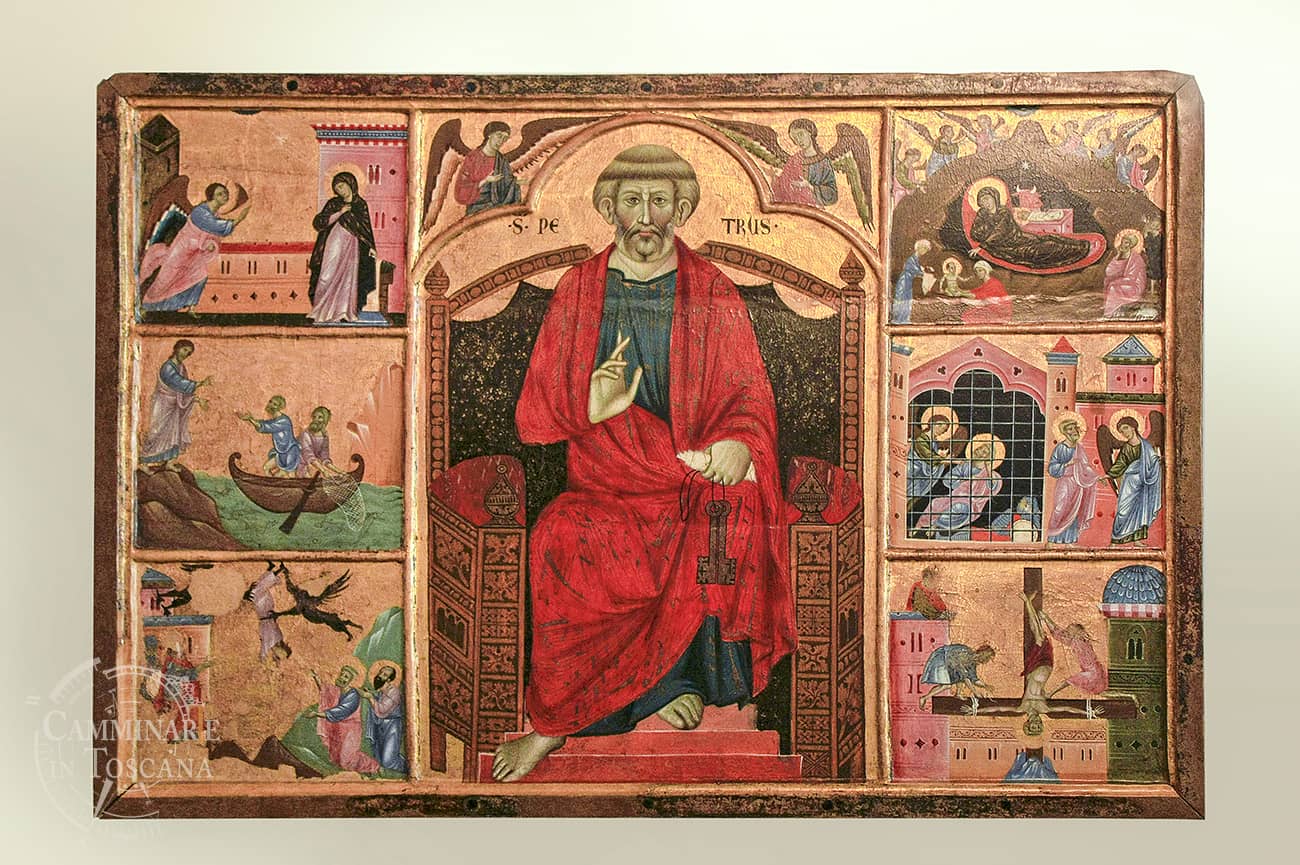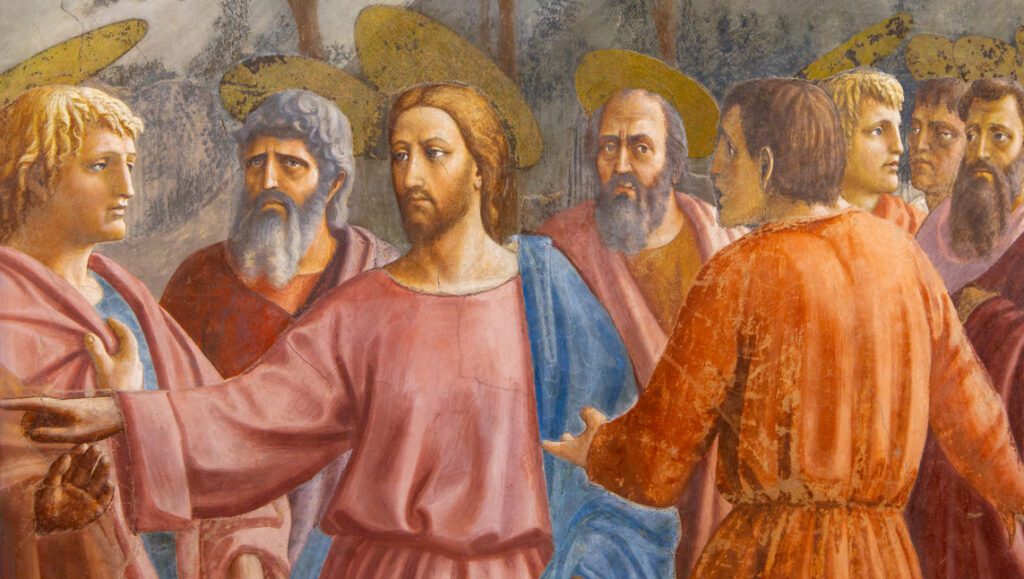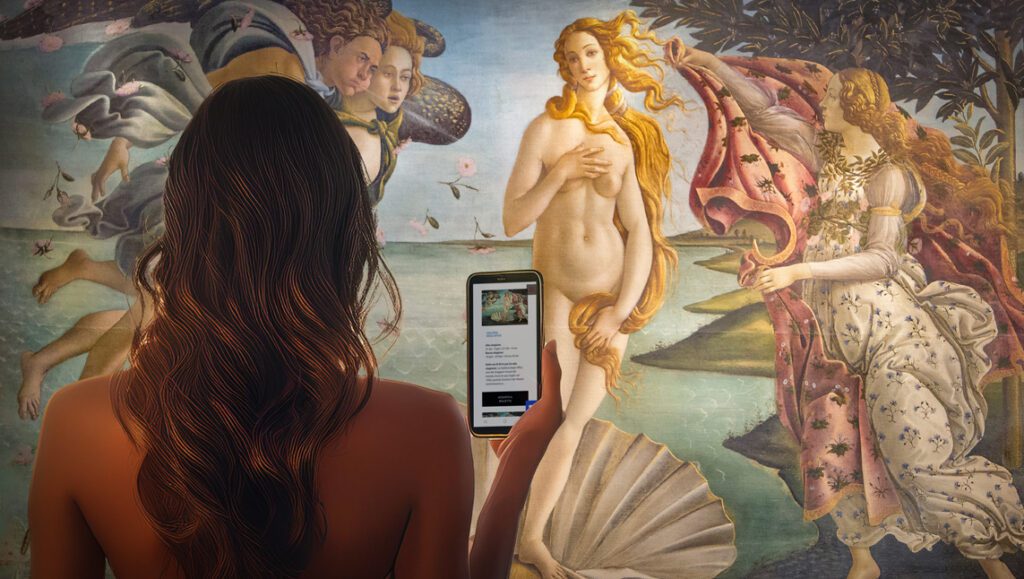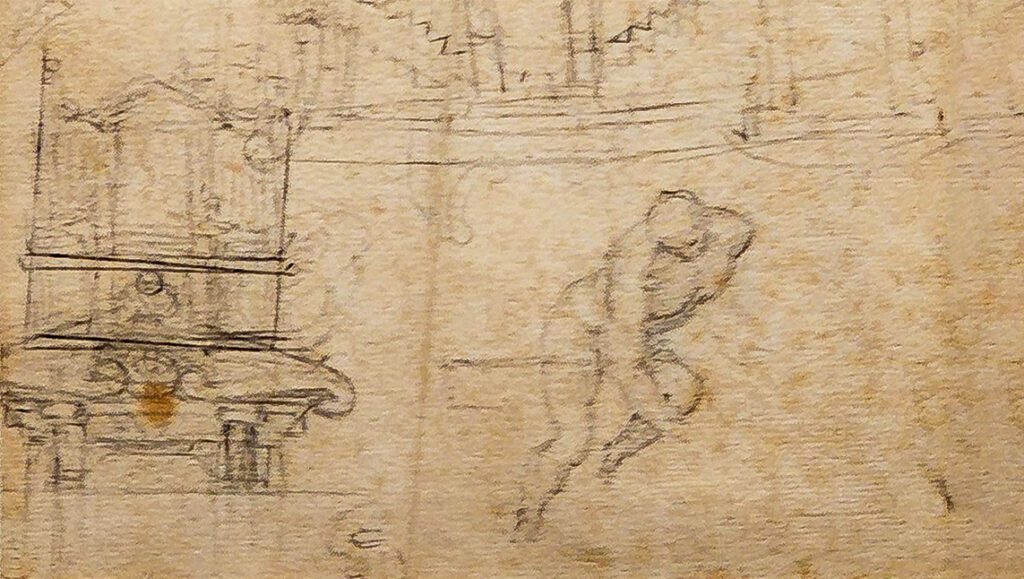
Discover the Pinacoteca di Siena: a journey through the history of the city
Discovering the Pinacoteca di Siena is equivalent to fully living the experience of visiting the city of the Palio. The gallery is known primarily as “one of the largest collections of gold-ground paintings”, but it is much more. In fact, in addition to the richness and sumptuousness of the collection, the set of works in this museum constitutes a great opportunity to learn about the history of the area, a history made up of many small realities, many of which no longer exist.
From the stupendous horizontal panels to the fourteenth-century polyptychs, discovering the Pinacoteca means taking a journey through time in Siena.
Among the many interesting testimonies we have the antependium – a horizontal rectangular table – with the representation of St. Peter enthroned. It is a painting by the artist Guido di Graziano, a painter active in the second half of the thirteenth century and one of the most important personalities on the Sienese artistic scene before Duccio di Buoninsegna.
The horizontal format of the table, one of the works to discover inside the Pinacoteca of Siena, refers to a type of painted table which is technically defined as “antependium”. The work was kept in a disappeared church in the historic center of Siena: the church of San Pietro in Banchi in Siena, a building which, from what we learn from the historical information reported on the Contrada della Civetta website, was located near the current street of Via Banchi di Sotto and was destroyed in the eighteenth century.
However, thanks to the foresight of a refined art expert, such as Abbot Ciaccheri, many of the paintings present in the buildings which, for various reasons, were destroyed, or the works themselves were subject to dispersion, were saved and went to merge in the original nucleus which will later become the Pinacoteca ⟢



